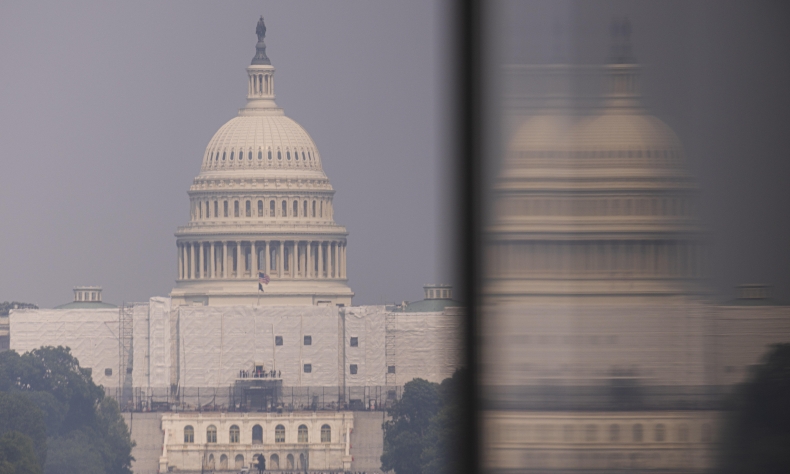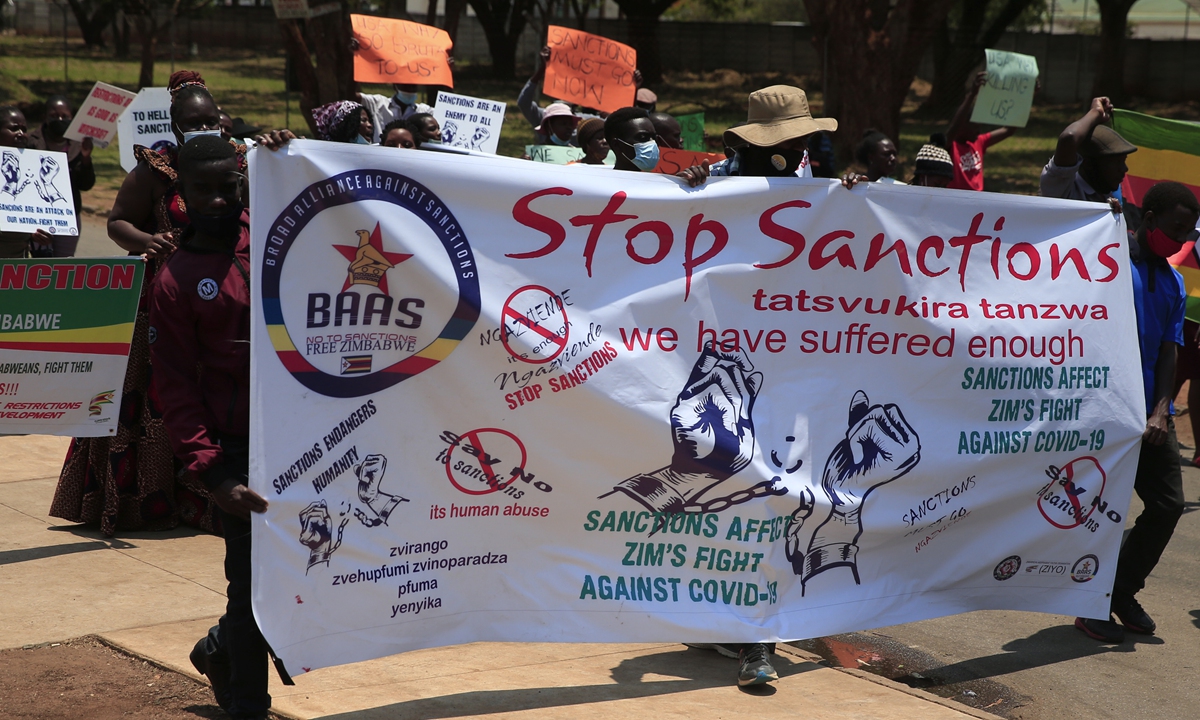U.S. Coercion No Longer Sustainable

Accusing others of what it has done, and continues to do, is a smokescreen tactic by Washington, supporting what has become a politically and economically unsustainable fraud.
According to the Oxford English Dictionary, “coercion” is the “practice of persuading someone to do something by using force or threats.” Interestingly, the dictionary’s example of how it can be used is: “Our problem cannot be solved by any form of coercion, but only by agreement.” Quite ironic, given that this is Beijing’s position on coercion.
Since 1776, the United States has only been at peace for 17 years. Between 1947 and 2023, the U.S. has tried to change the governments of sovereign nations 84 times, a few openly, most covertly.
Domestically, U.S. violations of human rights and the legal obligations it entered into with American Indians, are well documented, and still being litigated. Externally, particularly in the Global South, the U.S. was an eager participant in the political, economic and military exploitation initiated by Europeans.
In 1853, an expedition under Commodore Matthew Calbraith Perry was ordered by President Millard Fillmore to force Japan to end its isolation and open its ports to American trade. Perry used gunboat diplomacy to force Japan to sign a treaty, in a repeat of the coercive tactics the U.S. had adopted earlier against China in 1844.
Fast forward to today. The U.S. continues to use coercive political, economic and military tactics against more than 90 nations in an effort to maintain its hegemony.
Politically, the U.S. continues to demand nations are either “with it or against it.” In a poignant moment one year ago, South African Foreign Minister Naledi Pandor publicly rebuked U.S. Secretary of State Antony Blinken for his inept attempt to “bully” her country into taking sides in the Ukraine conflict. But, years before, when the U.K. had reviewed Huawei’s equipment as not representing a threat, after a stormy, desk pounding video meeting, the British government acquiesced to banning Huawei. In terms of the “One China Policy,” which was repeated and agreed to in three communiques signed in the 1970s and ’80s, the U.S. continues to try to rewrite history, by now claiming that the independence of Taiwan, which they threw out of the U.N., was a separate and unresolved issue.

Economically, the U.S. has issued, and kept in place over two different political administrations, unilateral economic sanctions against neighbors, friends and perceived foes, contrary to the WTO – which it had already crippled, by refusing to allow Appellate judges to be seated, therefore preventing any binding legal rulings – and the U.N. Charter, against such coercive actions.
The U.S. has openly and successfully pressured the Netherlands and Japan to not sell computer chip making equipment to China, blacklisted Chinese government officials and private companies, passed legislation to prevent U.S. investments in Chinese tech, denied access to computer processing chips, and continued to impose unilateral economic tariffs despite them hurting American consumers more than Chinese companies.
Moreover, the U.S. continues to use constant disinformation campaigns to vilify China as an enemy, accusing it – without any substantive evidence – of genocide, human rights abuses and political suppression. Meanwhile, Washington instigates conflicts throughout the world, undermines and interferes in the internal affairs of sovereign nations, and applies double standards to its friends and allies.
The list of coercive actions taken by the U.S. over its 350-year history of constant aggression is too long for a short article. But hopefully what is clear is that accusing others of what it has done, and continues to do, is a smokescreen tactic by Washington, supporting what has become a politically and economically unsustainable fraud.
The author is a senior fellow at the Beijing-based Taihe Institute.
 Facebook
Facebook
 Twitter
Twitter
 Linkedin
Linkedin
 Google +
Google +










